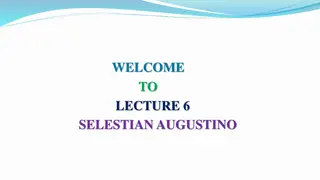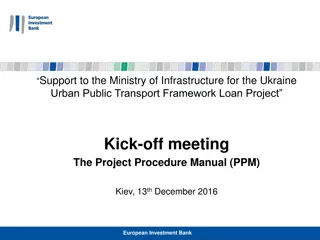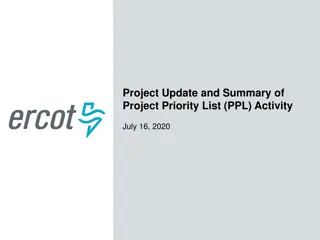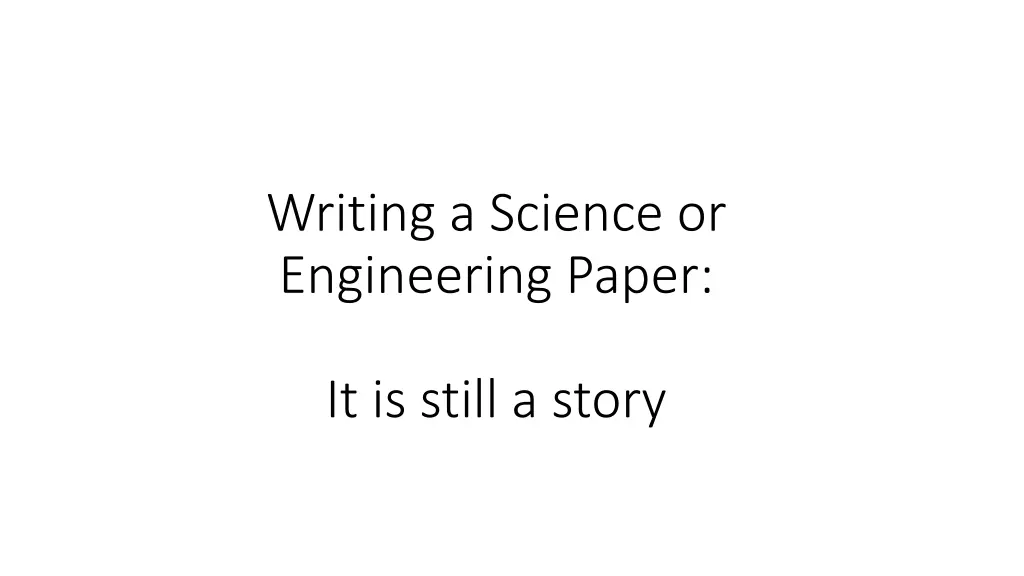
Unveiling the Art of Scientific Storytelling
Discover the essence of scientific storytelling - a powerful tool to convey research findings convincingly. Explore how storytelling transforms complex data into compelling narratives that captivate audiences. Learn the key elements of protagonist, villain, and plot to craft an engaging scientific story that resonates with readers.
Download Presentation

Please find below an Image/Link to download the presentation.
The content on the website is provided AS IS for your information and personal use only. It may not be sold, licensed, or shared on other websites without obtaining consent from the author. If you encounter any issues during the download, it is possible that the publisher has removed the file from their server.
You are allowed to download the files provided on this website for personal or commercial use, subject to the condition that they are used lawfully. All files are the property of their respective owners.
The content on the website is provided AS IS for your information and personal use only. It may not be sold, licensed, or shared on other websites without obtaining consent from the author.
E N D
Presentation Transcript
Writing a Science or Engineering Paper: It is still a story
Scientific Writing as Storytelling What is the goal of science / engineering? To answer questions of what, where, when, how, and who. To convey these answers to others. But how do we convince others of our results?
Convincing Results Different fields use different (primary) methods for generating and evaluating the validity of results. Proofs in mathematics Statistics in psychology Grounded observation in anthropology Precise argument in the humanities
But it all comes down to Why do we care about the proof? Why do we believe the interpretation of the statistics or observations? Why do we believe the humanities argument? Storytelling
Not a Derogatory Term Storytelling frequently is used as a derogatory term indicating the presentation of untruths. But in the end it is the story that you tell about the proof, the statistics, the observations, or the argument that will make your results convincing.
Telling a Good Scientific Story Have a protagonist a user trying to accomplish something, something your audience cares about in some cases the protagonist is implicit Examples the person using the network or computer to make decisions (scheduling deliveries, deciding on investments) the person performing a task with computer support (landing a broken airplane, teaching a class, etc.)
Telling a Good Scientific Story Have a villain the problem that threatens to keep the protagonist from accomplishing their goals the problem should be real in order to keep your reader s attention Examples an insurmountable amount of information an unpredictable communication channel a limited amount of human attention, etc.
Telling a Good Scientific Story Have a plot an approach for the protagonist to win out over the villain (solving the problem) this is the hypothesis and contribution it can be very focused or very big Examples an algorithm for dealing with more data a new flight-control system for pilots
Telling a Good Scientific Story Have a full and rich backdrop stories must happen in believable settings consistency is a must stories are rarely simple, there are other stories that interact with the main one Examples Related work and prior results Details of the setting Interactions with other systems and solutions that the protagonist may be using
Telling a Good Scientific Story Have a strong finale have an answer about the outcome of the story (is the protagonist s problem solved?) good stories do not always have happy endings Examples The algorithm locates (or not) information that lets the decision be made The system makes (or not) the person s task more efficient, more accurate, or more satisfying.
The (Idealized) Outline Introduction and Problem Statement The protagonist and antagonist Approach The plot Related and prior work, design and implementation The setting Evaluation results and interpretation The finale
Common Mistakes: The Activity Report Describes what was done but not why, what was learned, and does not differentiate between what is important and what is not Examples: Going into detail about the libraries used when they play no role in the results Describing early versions in the iterative design process when not providing insight
Common Mistakes: The Vision Statement Spends most of the time describing the goals of a project but lacks related work, instantiation details, and interpretation of results Example: Presentations that start with high-level problems that are only partially related to the work done
Common Mistakes: The Data Dump Presents lots of results but leaves out which are important, what they mean, and the context of the data gathering Example: When presenting statistical data, showing that the result is significant (e.g. p<.05 or whatever level of confidence is desired) but not relating this result back to the main problem
Common Mistakes: The Sales Pitch Presents the work done as close to perfect, claiming to have achieved all goals set out in the vision Examples: Being overly critical of related work Selective presentation of data/results Interpretation that focuses exclusively on the positive
Finale When writing research papers, don t just describe what you did Describe why you did it Describe how it compared to other options Describe lessons learned grounded in what did and did not work
Postscript Computer science is a field that answers a variety of questions: What can be computed using what resources? What problems can be solved by people using computers? How do people make use of new software? To answer these questions, methods are borrowed from a number of disciplines. It needs people that can author and recognize good stories regardless of the particular methodology.
Preparing for Final Written Report What is expected A complete coherent story about your project Scientific writing is storytelling Storytelling is not a negative, it helps communicate your activity to others Stories have protagonists, antagonists, plots, context, and a finale Many times for projects like yours these map to Users are protagonists Challenges to antagonists (too much data, not knowing what exists, etc.) Plots to your design approach Context to related work Evaluation results as finale Today s activity Discussing what needs to be added to and revised from your Phase 3 report
Thinking about the whole story Introduction/Problem Statement Who is being helped to do what? What are the users needs and challenges? Related Work What techniques have been used to help before? Approach What is your design/technique and how does it compare? Implementation What does the prototype look like? What does it do? Evaluation Plan Conclusions/Future Work


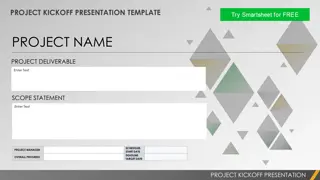
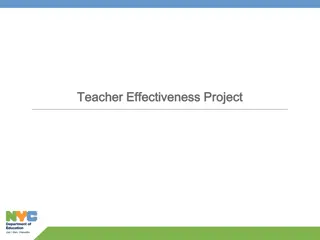

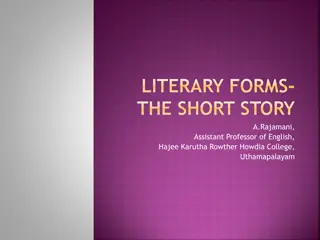
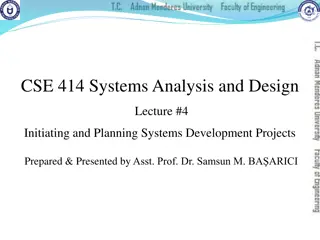
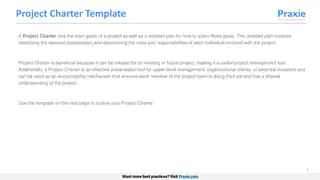
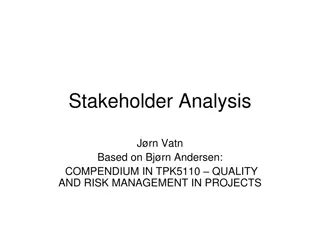
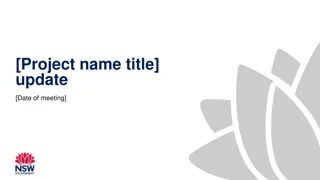

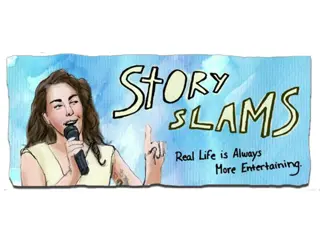

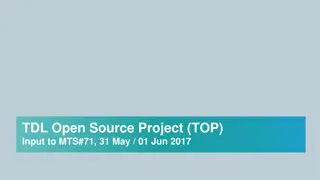
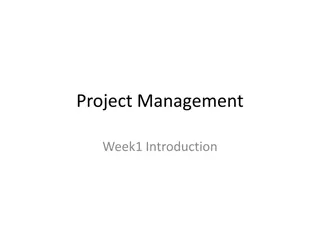
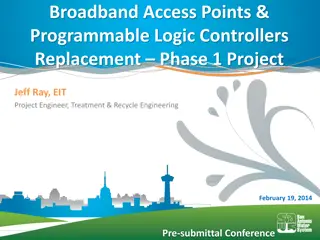

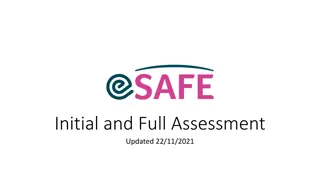
![Project Initiation Document for [Insert.Project.name] [Insert.Project.number]](/thumb/226757/project-initiation-document-for-insert-project-name-insert-project-number.jpg)
